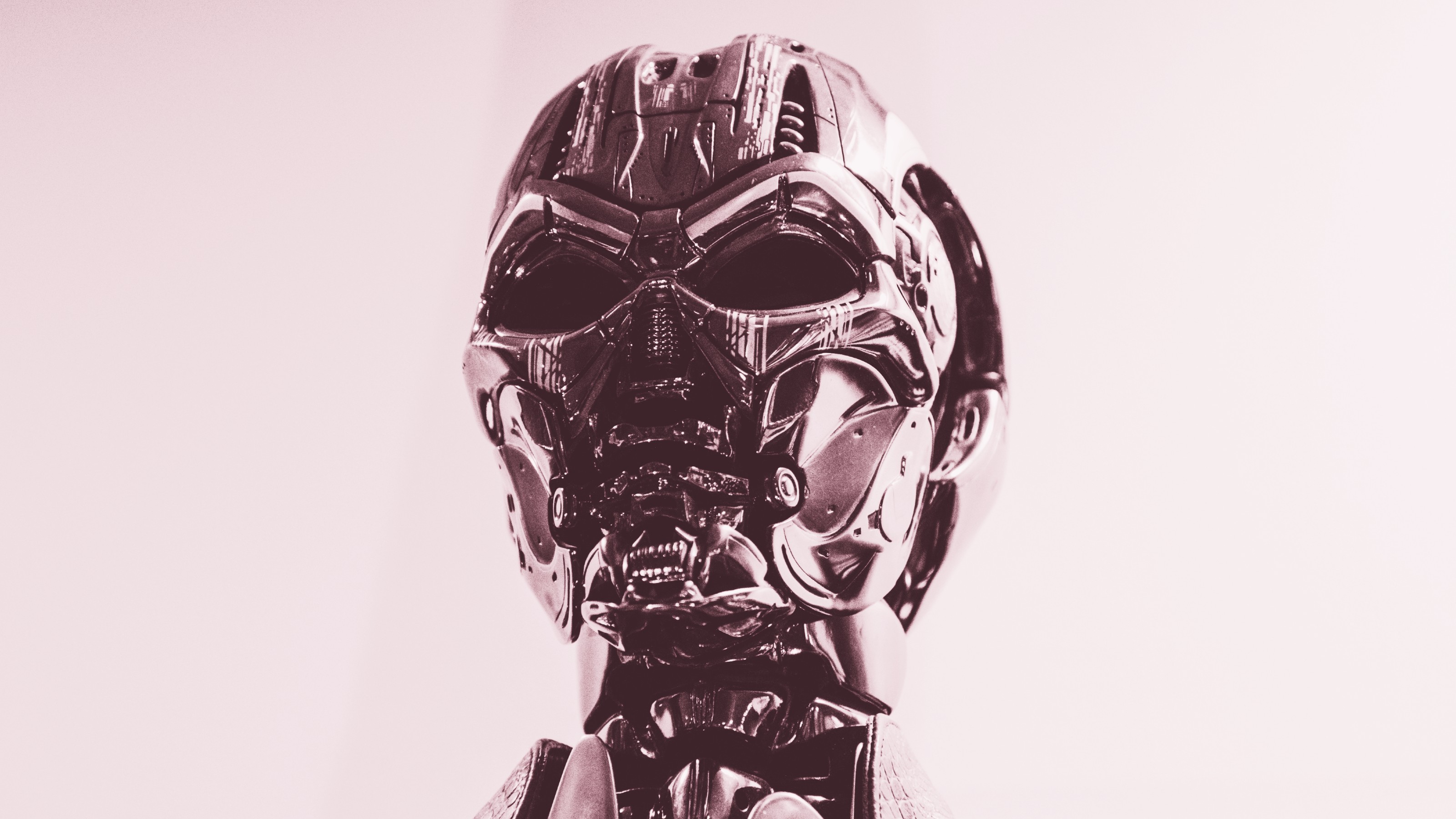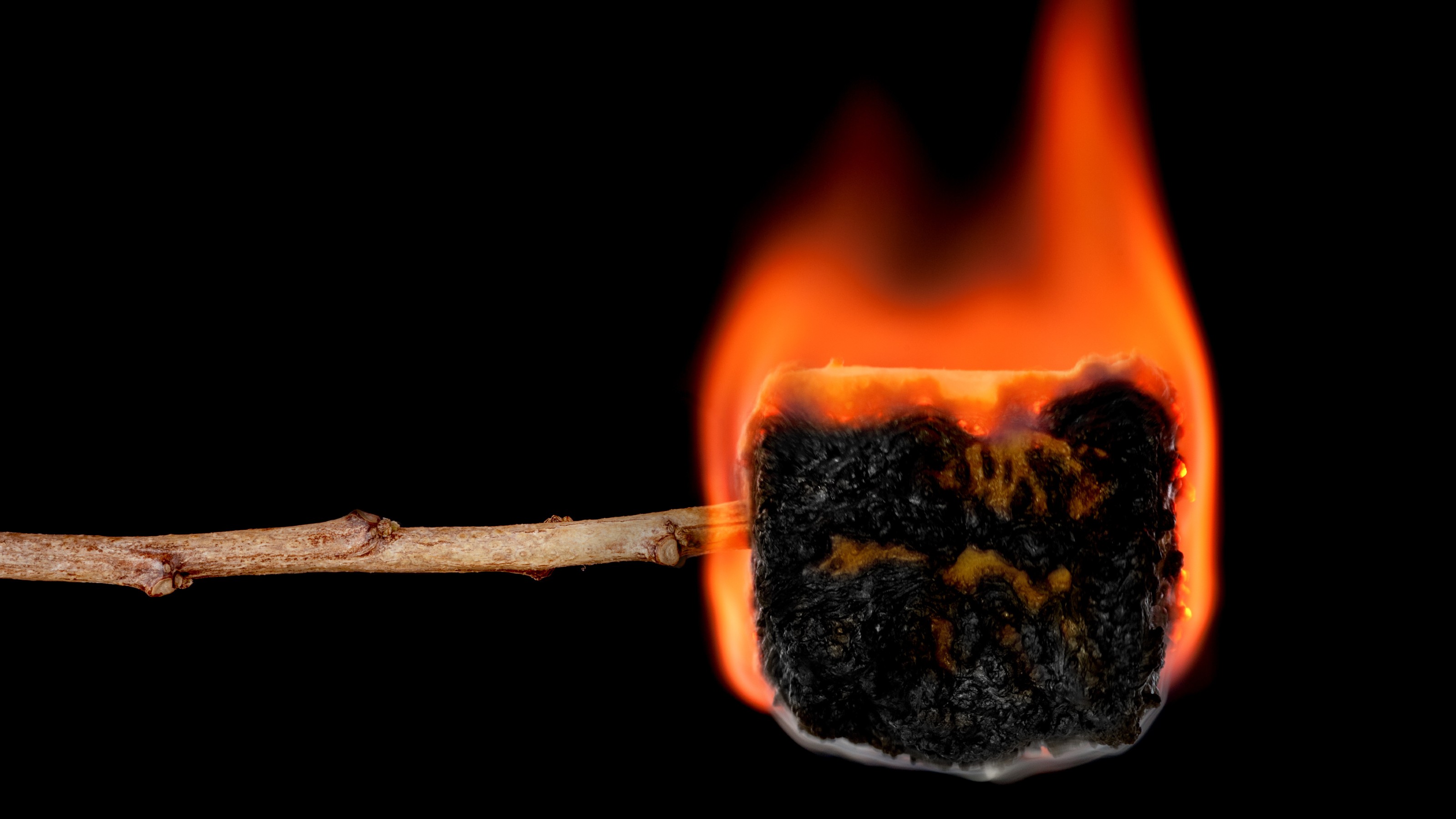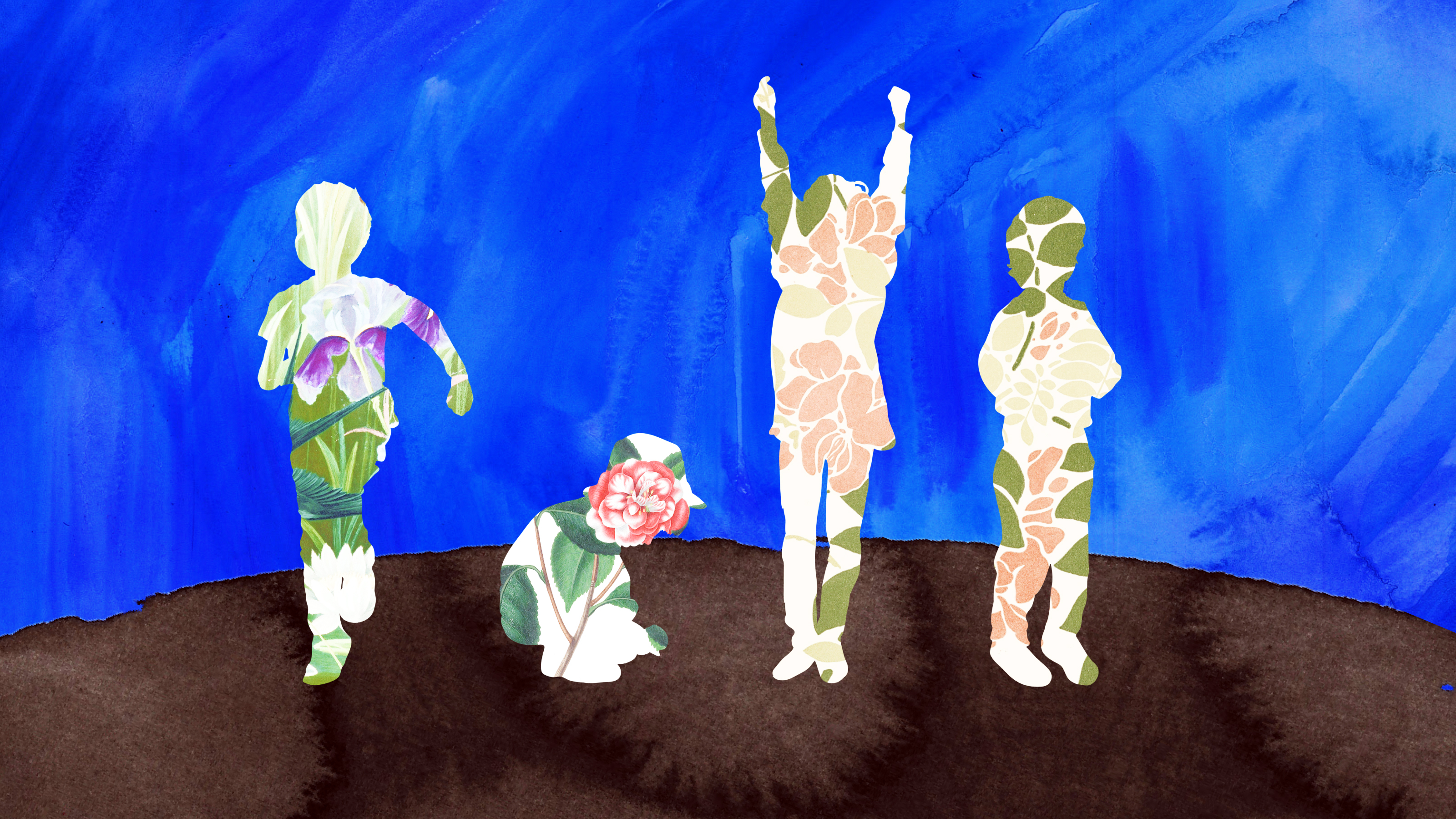Is it too late to halt climate change? No, no, and no.

Image source: Bedrin/Shutterstock
- Disheartened, many are convinced there's no fighting climate change at this point.
- There's no single on/off switch, however, so we can still lessen its effects.
- It's up to us to make the crisis our leaders' priority.
With unprecedented extreme weather buffeting basically everyone everywhere, with places like idyllic Kirbati disappearing beneath the rising seas, and with Australia on fire for goodness sake, it’s easy to get the feeling that humanity has already failed to meet the greatest challenge we’ve ever collectively faced: Climate change. The mental image is one from movies: An explosive’s timer ticking inexorably down to zero and, in fact, sitting on zero right now, flashing as we await the final boom. In reality, though, the image presents a misleading metaphor, since there is no single triggering deadline. There’s a better visual metaphor: Punching ourselves in the face.
Ow. Stop.
(Adam “Climate Adam” Levy is a University of Oxford doctor in atmospheric physics)
Climate experts have drawn various red lines in the sand that we dare not cross lest we trigger some terrible effect. By and large, their predictions have been, if anything, too optimistic. Climate change is not coming — it’s here, even if the scientific community thought, or maybe hoped, it might not land its first punches so soon.
“Climate change has already killed hundreds or thousands — or more — of people, through malaria, through dengue, through a hundred other avenues that we’re only now starting to be able to quantify.” — Colin Carlson, Georgetown University, speaking to LiveScience.
The most universally accepted red line was drawn by the U.N.’s 2018 IPCC report. It prescribed limiting the Earth’s increase in temperature to 1.5° C (2.6° Fahrenheit) by the year 2100, a feat that would require cutting carbon dioxide (CO2) emissions by 45% before 2030, just a decade from now. Yet here we are, two years later and emissions are still going up. 2018 set a new record high which was promptly exceeded in 2019. Stanford University’s Rob Jackson tells the Washington Post, “We’re blowing through our carbon budget the way an addict blows through cash.”
Rep. Alexandria Ocasio-Cortez, author of the Green New Deal Initiative, recalls that for many of her constituents, the U.N. report created a sense of urgency that mystifyingly appeared to escape, and continues to escape, Washington: “Millennials and Gen Z and all these folks that come after us are looking up, and we’re like, ‘The world is going to end in 12 years if we don’t address climate change, and your biggest issue is how are we gonna pay for it?'”
The truth is, however, that missing the 2030 deadline doesn’t mean we all suddenly die and society instantly crumbles. Not necessarily, anyway. That 1.5° mark is definitely the threshold for terrible consequences, but it’s just the nearest nightmare, and there are plenty more following close behind it, each of which makes things worse.
Can we completely avoid climate change’s irreversible effects? Too late. Can we avoid its worst-case scenarios? Absolutely yes.

Image source: Stockholm Resilience
9 ticking clocks
Experts cite nine such deadlines looming, as shown in this gif from Stockholm Resilience.
There’s work to be done, and two types of people stand in the way of continuing to try and make things better, or at least less worse:
- Climate-change deniers — mostly people with a vested financial interest in fossil fuels, joined by people who just don’t want to face the confirmed scientific truth.
- People who are ready to give up trying.
“Some people — I’m hazarding industry and those focused on maintaining a growth-focused economy — would argue that we don’t want to sacrifice things in the short term,” says Lini Wollenberg of the University of Vermont, “and that society will figure out the technology to deal with it later.”
Wishful thinking that technology can come up with some fix later on is childish. Maybe it’ll happen, but meanwhile it bestows permission on humanity to do nothing now, even as the effects of our procrastination are already being felt. What’s worse, the dreamed-of solutions would have only larger and increasingly more difficult problems to remedy if the solutions materialize at all.
Scientists agree that we can best put the brakes on climate change by doing two things:
- Immediately cutting back carbon emissions.
- Developing a workable system for pulling excess carbon from the atmosphere using currently available technology. The most realistic approach appears to be the strategic planting of more trees.
Make no mistake, though, this is a long-term fight, and rather than continuing to punch ourselves in the face believing there’s no way to make it stop, we simply cannot lose heart. This is not some abstract, feel-good affirmation, either. We need to recommit ourselves to doing everything we can to support efforts to turn this around.
Of course we can help by considering our own carbon footprints, but the big steps are in the hands of governmental leaders, like it or not — individuals’ contributions to emissions add up, but they pale in comparison to the amount of institutional, industrial carbon being set aloft. As the Earth burns, it becomes ever-more clear that only regulatory mechanisms have the muscle to force positive action. It will require a commitment on our part to ensure that power to make the necessary large-scale changes is in the hands of people who get it. Each of us has to prioritize electing and supporting leaders who get it. Vote, march, reduce. All of it can help. And it’s not too late.





